We entered Armenia from Georgia, as the border with Turkey is closed. The country is not quite as modernised as its northern neighbour and has more of its people still languishing in those awful Soviet-era apartment blocks. But here, especially in the capital, there is a lot of construction going on so the signs are that rejuvenation is proceeding.
Another ex Soviet vassel, Armenia is on recovery road (despite the Velvet Revolution of a couple of months ago when El Presidente responded to the street protests in Yerevan and in the end, went quietly much to everyone’s amazement). Interestingly the Russians didn’t intervene to prop up the oligarch who rules this, one of the 15 former Soviet states. Succeeding to President in 2008 on the back of violent suppression of anti-government protests, this time around Serzh Sargsyan went quietly, despite having already changed the constitution to ensure he could get a third term. This was not the normal behaviour of an autocrat and hopefully is an indication that Armenia is well on the road away from self-serving autocrat rule.
The capital, Yerevan is in the shadow of Mt Ararat, that noble mountain promoted in Biblical myth where Noah did his thing. Last time we were on Ararat was back in 2005 on our Silk Road traverse, albeit on the opposite side from where Yerevan sits.
The town is in a basin which, during this European heatwave makes it bloody hot, with temperatures up over 40 degrees. We can feel we’re not that far from the desert-scapes of Iran. Heading back north after our visit to Yerevan we’ve traversed along the ravine of the Debed River, just spectacular in terms of its depth, the massive escarpments on either side and the history of the copper mining & refining whose legacy still lives on with pollution belching factories dotted along the river. While a fraction of the activity levels reached during the Soviet era, the industry still is clearly a big employer. It’s hard to believe it actually started here way back in the 1770’s.



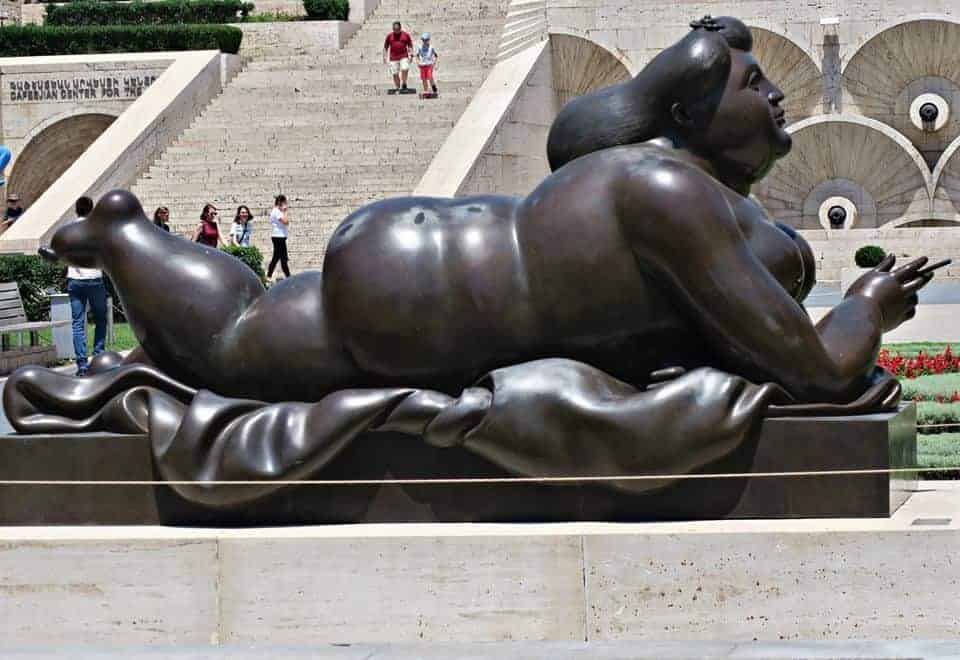
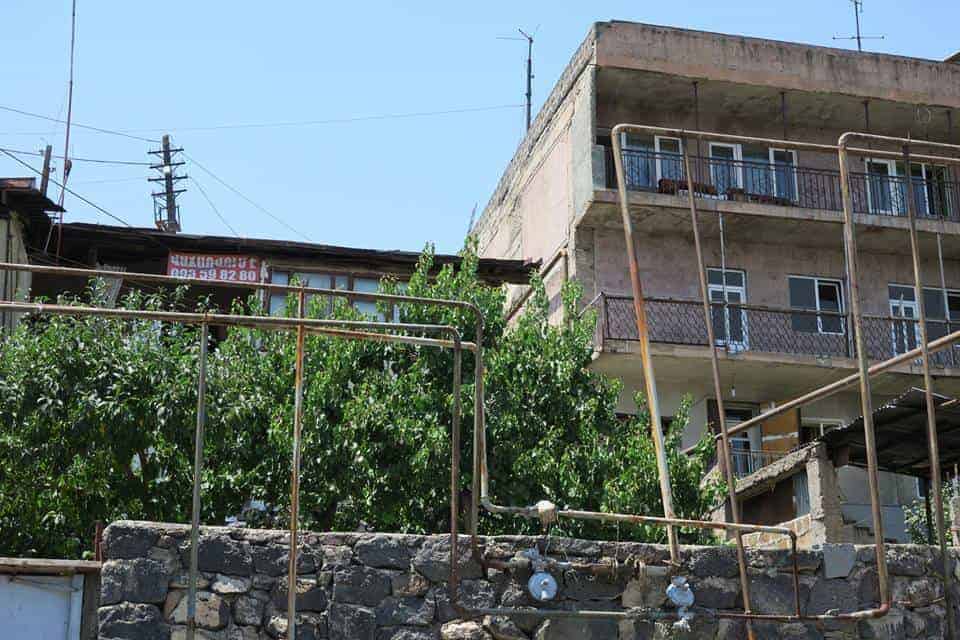
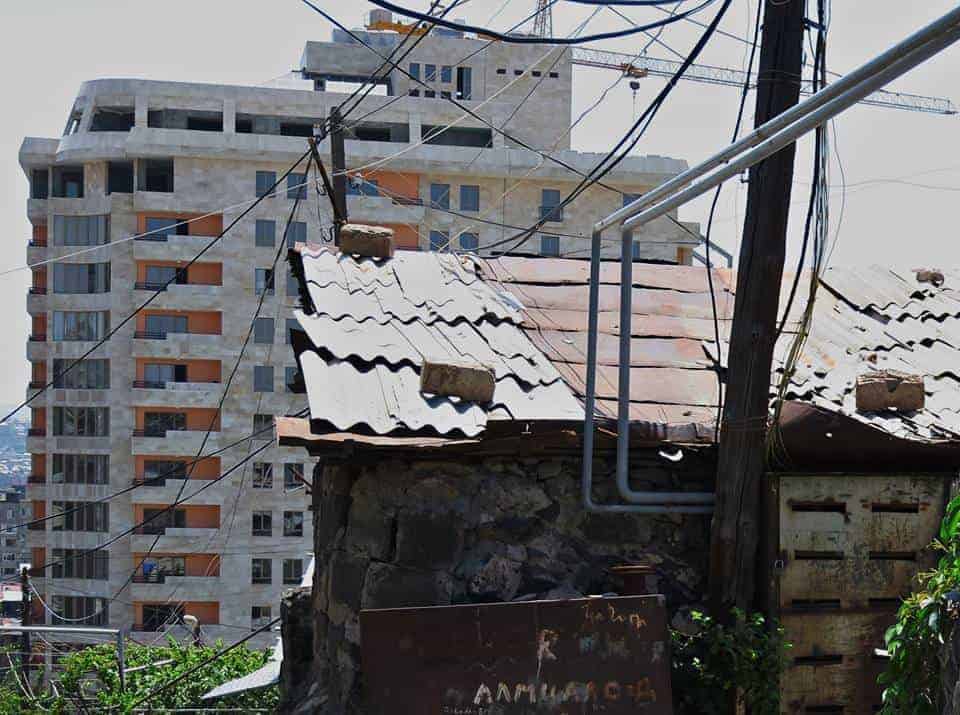
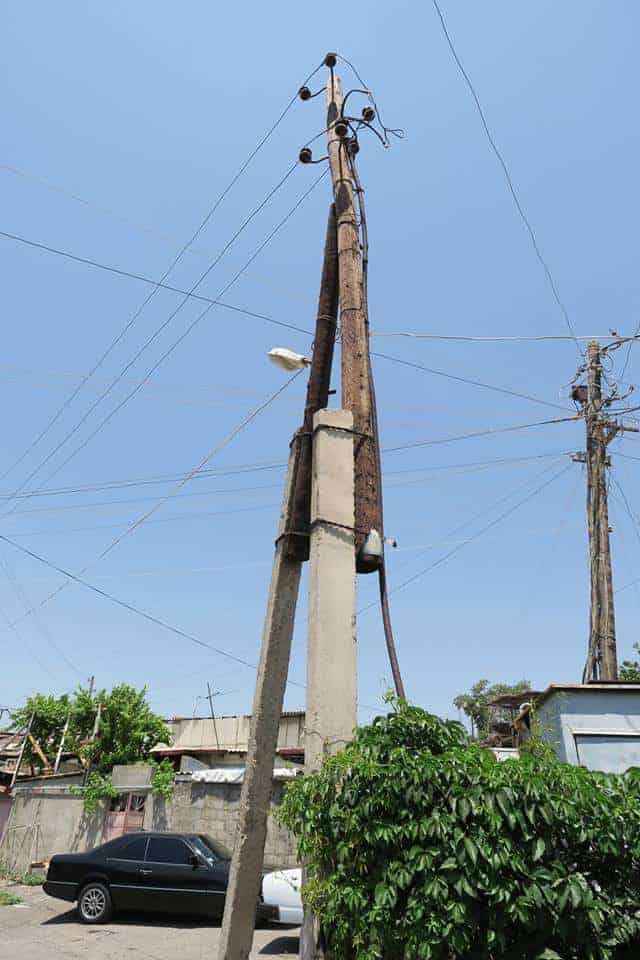
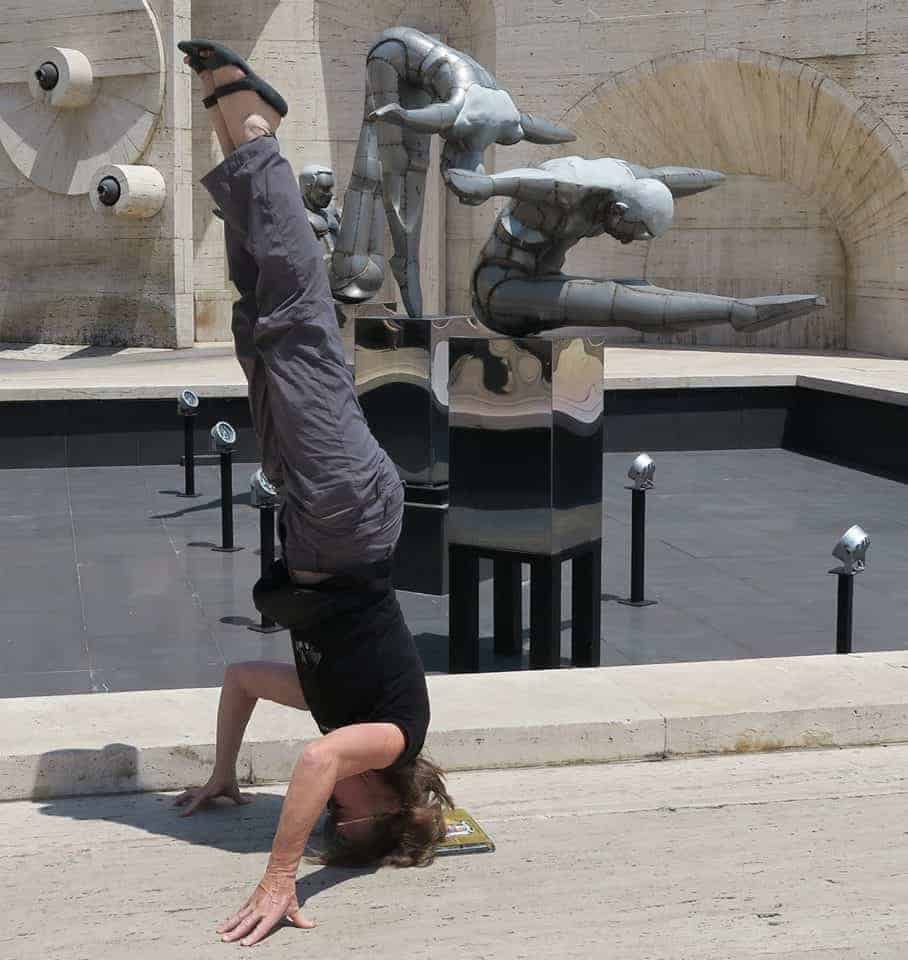
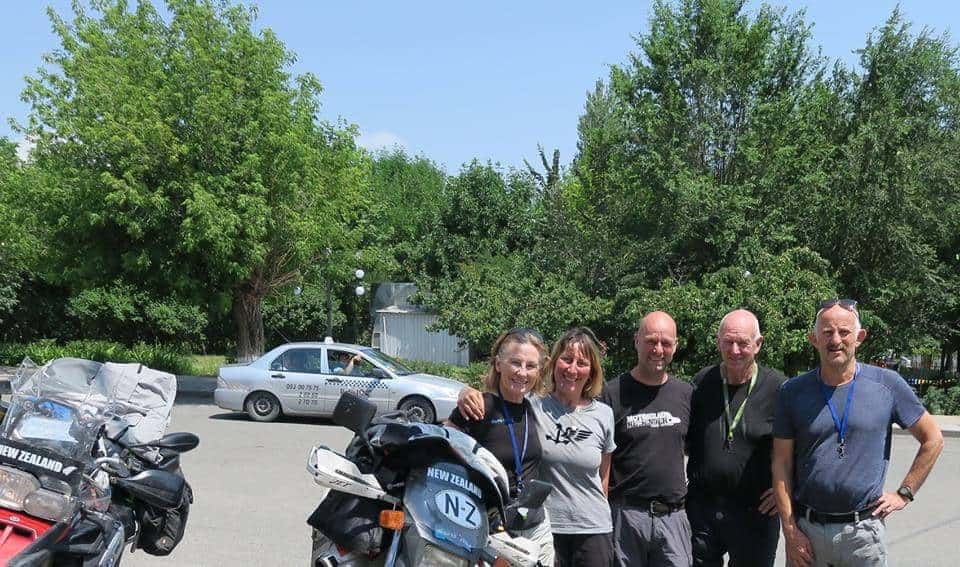
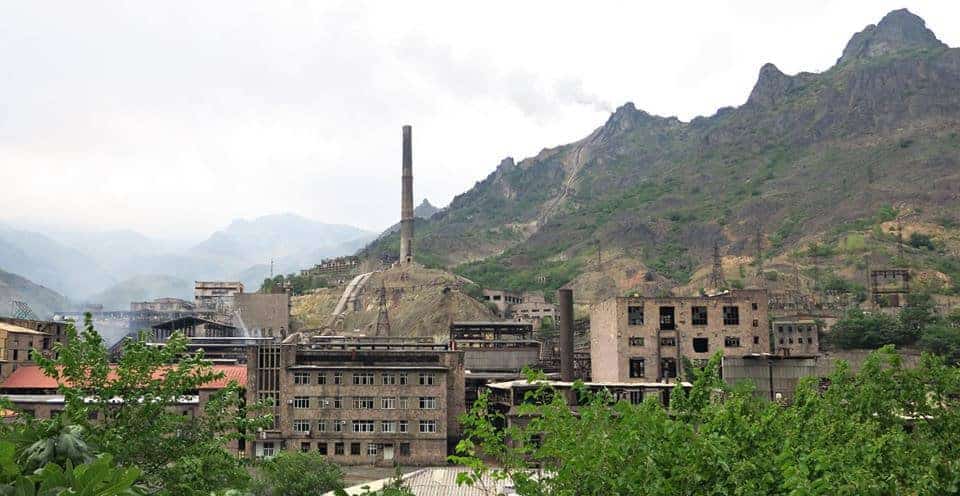
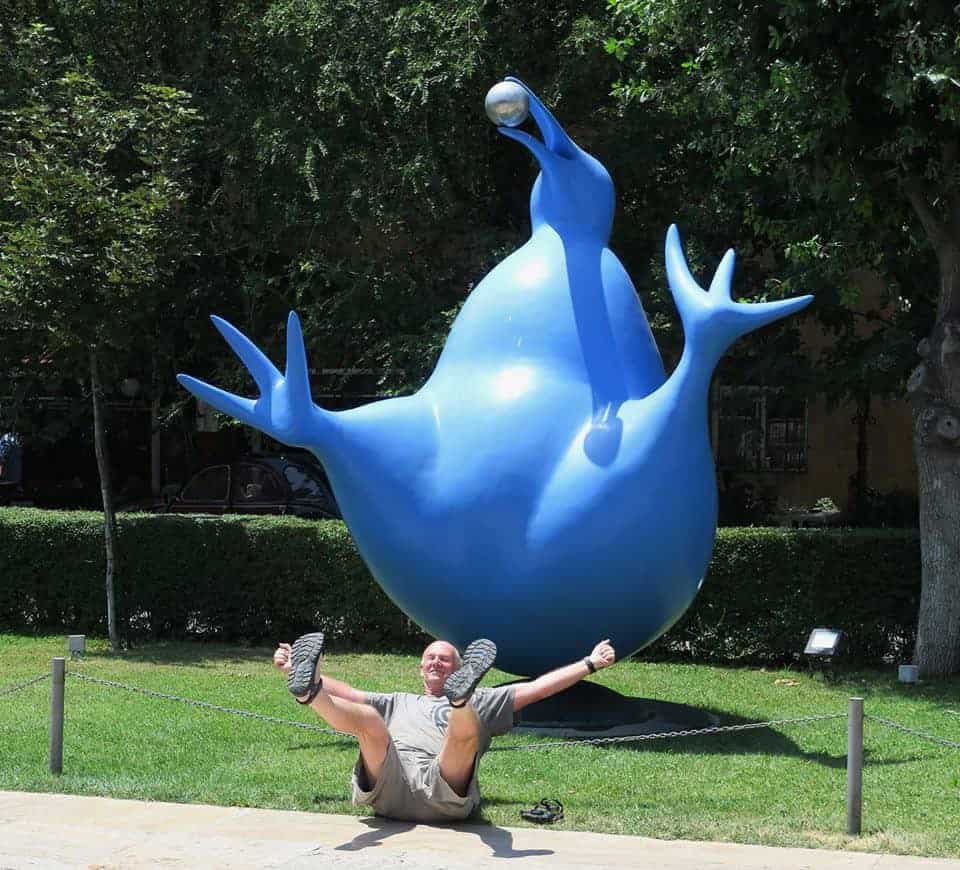
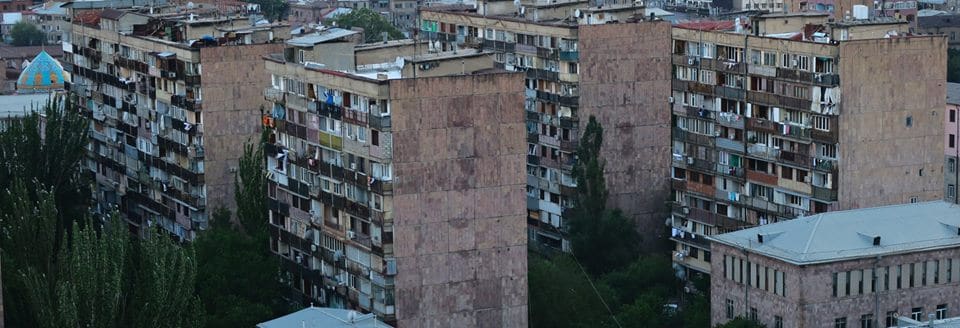
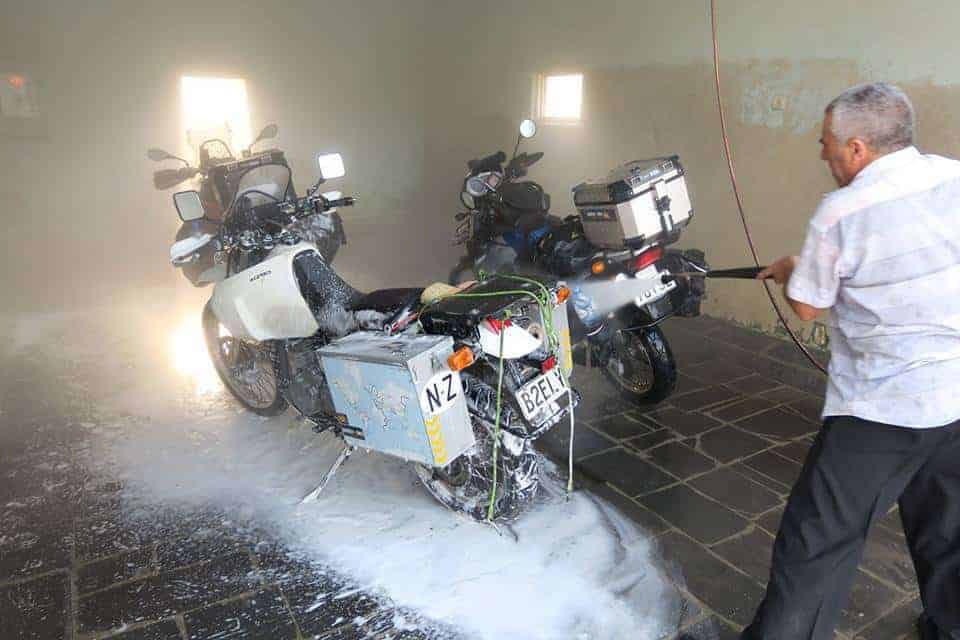
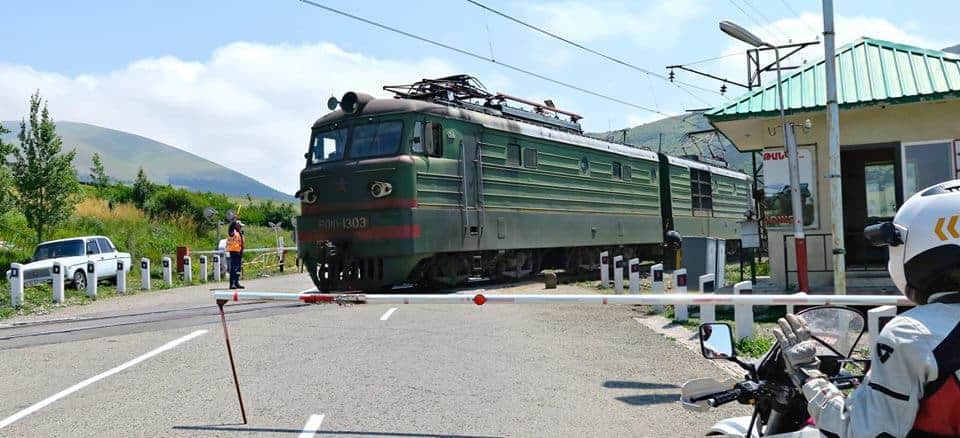
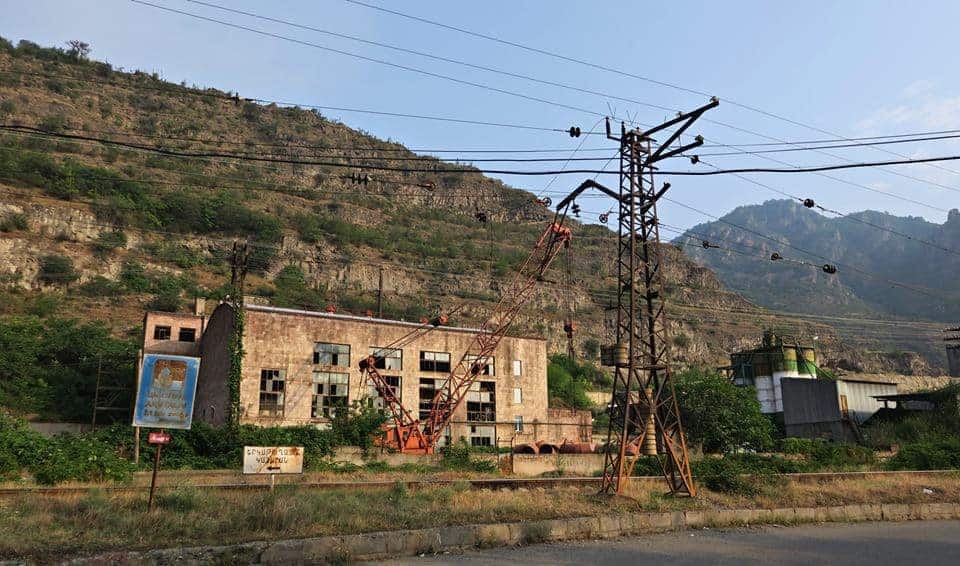
Comments are closed.